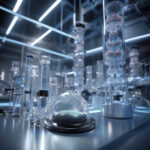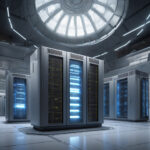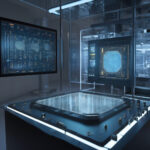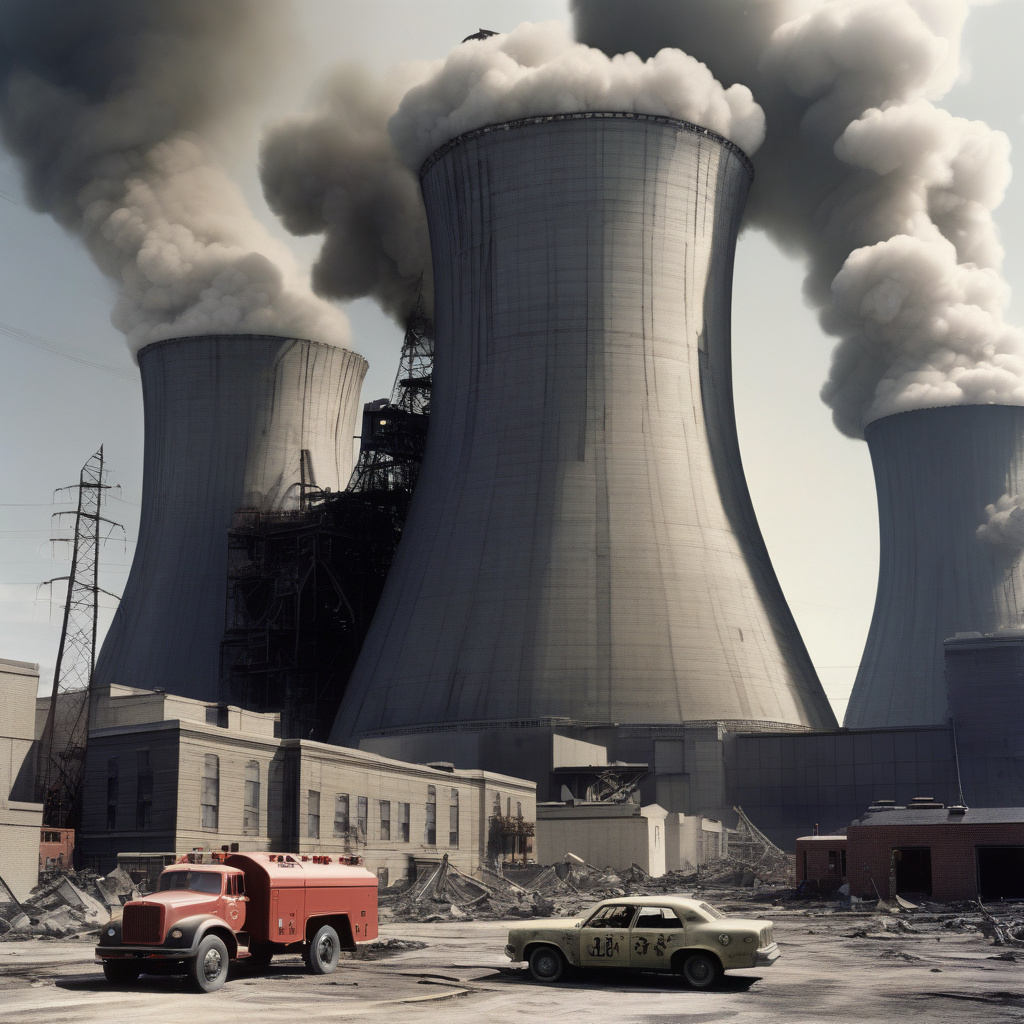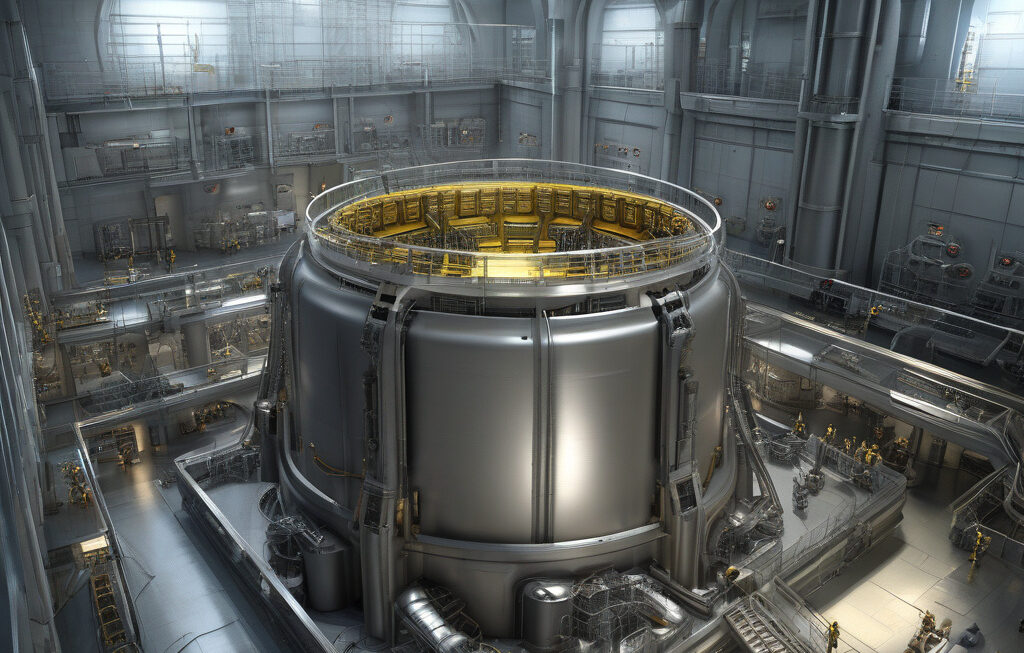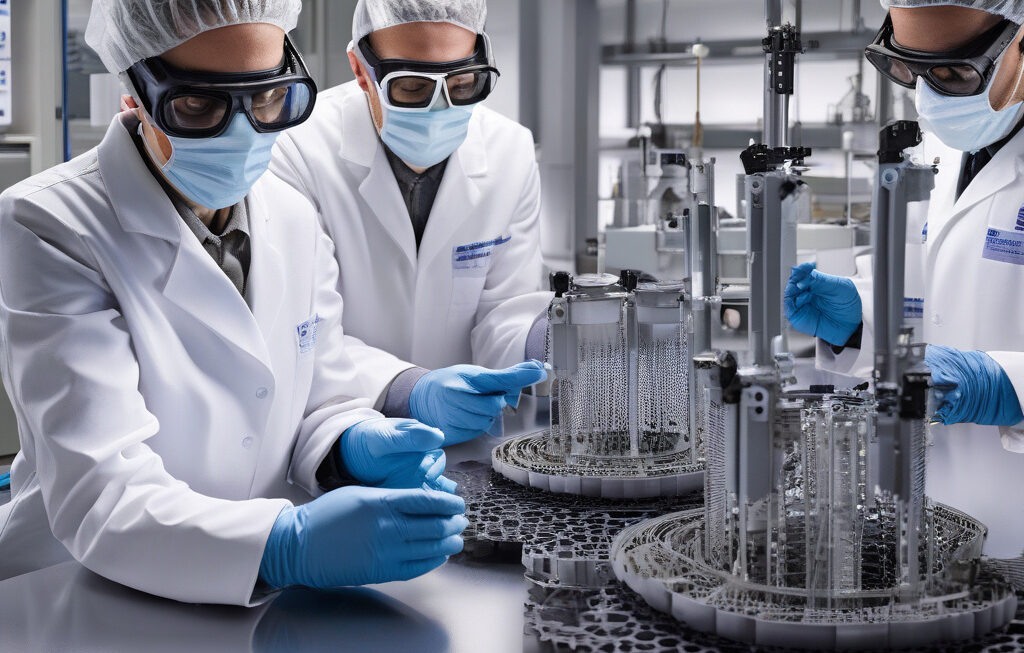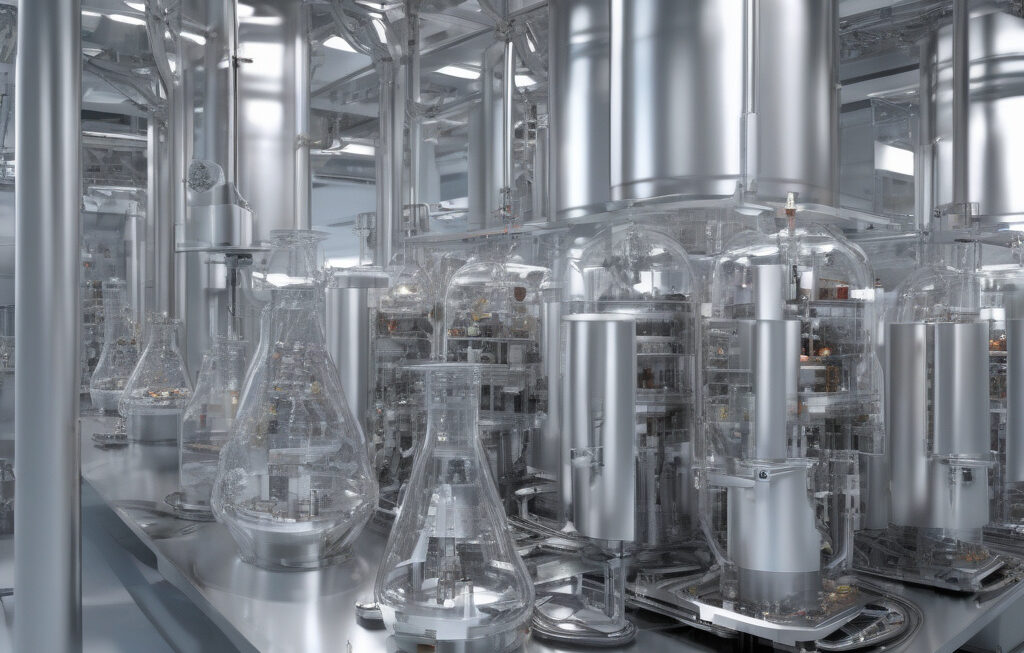Why Nuclear Meltdowns Happen and How Next-Gen Reactors Make Them Impossible
The world is turning towards nuclear, the only seemingly viable source of green energy for a future where fossil fuels are no longer sustainable. However, the specter of nuclear meltdowns looms large, haunting the dreams of policymakers and environmentalists alike. But why do nuclear meltdowns happen, and how can next-generation reactors make them a thing of the past?
At the core of every nuclear reactor lie the fuel rods containing uranium or plutonium isotopes. These isotopes undergo controlled fission, releasing enormous amounts of energy in the form of heat. This heat is used to generate steam, which turns turbines and produces electricity. However, if the core overheats due to a failure in the cooling system, a meltdown can occur.
The most infamous nuclear meltdown in history happened at the Chernobyl Nuclear Power Plant in 1986. A combination of design flaws, operator error, and a lack of safety systems led to a catastrophic explosion and the release of radioactive material into the environment. The Fukushima Daiichi disaster in 2011 further highlighted the risks associated with nuclear power, as a massive earthquake and tsunami caused multiple meltdowns and hydrogen explosions.
Next-generation reactors, such as Small Modular Reactors (SMRs) and Generation IV designs, aim to address the shortcomings of older technologies and eliminate the possibility of meltdowns. One such design is the molten salt reactor, which uses a liquid fuel that automatically solidifies at higher temperatures, preventing the kind of overheating that can lead to a meltdown. Another promising technology is the High-Temperature Gas-Cooled Reactor (HTGR), which uses ceramic-coated fuel particles that can withstand extreme temperatures without melting down.
Furthermore, these new reactors incorporate passive safety features that do not rely on human intervention or external power sources to prevent overheating. For example, some SMRs use natural circulation of the coolant or rely on the laws of physics, such as convection and gravity, to keep the reactor core cool in case of a malfunction. These inherent safety mechanisms make it virtually impossible for a meltdown to occur, even under the most extreme conditions.
In addition to safety improvements, next-generation reactors offer other advantages over traditional nuclear power plants. SMRs are modular and can be manufactured in factories, reducing construction costs and project timelines. They can also be deployed in remote locations or integrated with renewables to provide a more stable and resilient energy grid.
Despite the promise of next-generation nuclear technology, there are still challenges to overcome. Regulatory hurdles, public perception, and the high upfront costs of building new reactors remain significant barriers to widespread adoption. However, with the urgent need to decarbonize the global energy system and combat climate change, nuclear power, with its potential for clean, reliable, and safe energy, may be an indispensable part of the solution.
In conclusion, nuclear meltdowns are a terrifying reminder of the risks associated with harnessing the power of the atom. However, with advancements in next-generation reactor designs, such disasters may soon be relegated to the history books. By prioritizing safety, innovation, and sustainability, the nuclear industry is paving the way for a future where clean and reliable energy is not only possible but also free from the shadow of meltdowns.
nuclear energy, green technology, reactor safety, sustainable future, climate change mitigation


